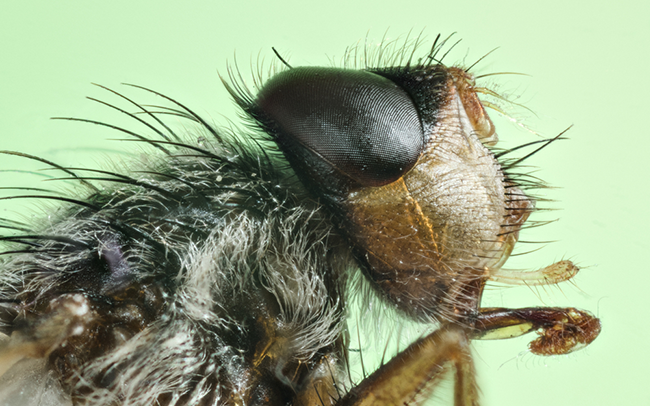Invasion Of The Lesser House Fly

As the cooler autumn conditions return (did they ever leave we hear you cry!) so do certain pests and one in particular pest we are sure we would all like to buzz off. The Lesser housefly is more tolerant of cool conditions than the Common house fly hence its continued presence.
Fannia canicularis – or the Lesser house fly as it is more commonly known is that annoying fly that you often see flying erratically around light fittings and lamps. As its name implies, the lesser housefly, also called the little house fly, is smaller than the standard housefly and also a lot more common. Moving in a jerky darting sequence they are slightly faster than various other species of fly. Measuring approximately 5 to 6 mm in length the lesser house fly’s thorax hosts three black stripes.
The Lesser housefly is more tolerant of cool conditions than the Common housefly. Surviving the winter in the form of pupae, adults will remain active and reproduce especially if conditions allow throughout the whole year – this species can flourish in cooler conditions. So no winter respite from these pests! Egg laying begins when the female fly is just 10 days old laying in batches of around 50 at a time!
Every 9 to 14 days, a new generation of flies emerge and the life cycle is repeated.
Lesser houseflies harbour pathogens which have the ability to result in typhoid, cholera, dysentery and anthrax transferring them to humans by contact with exposed food and other surfaces. Lesser Houseflies can also transmit intestinal worms!
So what can be done to prevent an invasion?
Regular rubbish disposal and keeping tight lids on bins will hinder the flies reproduction cycle by removing their preferred breeding conditions. For the best results, insecticidal control measures should be integrated with good hygiene.
If you are still experiencing Fly control problems then call a pest control professional to help you today on: 0800 158 3885

